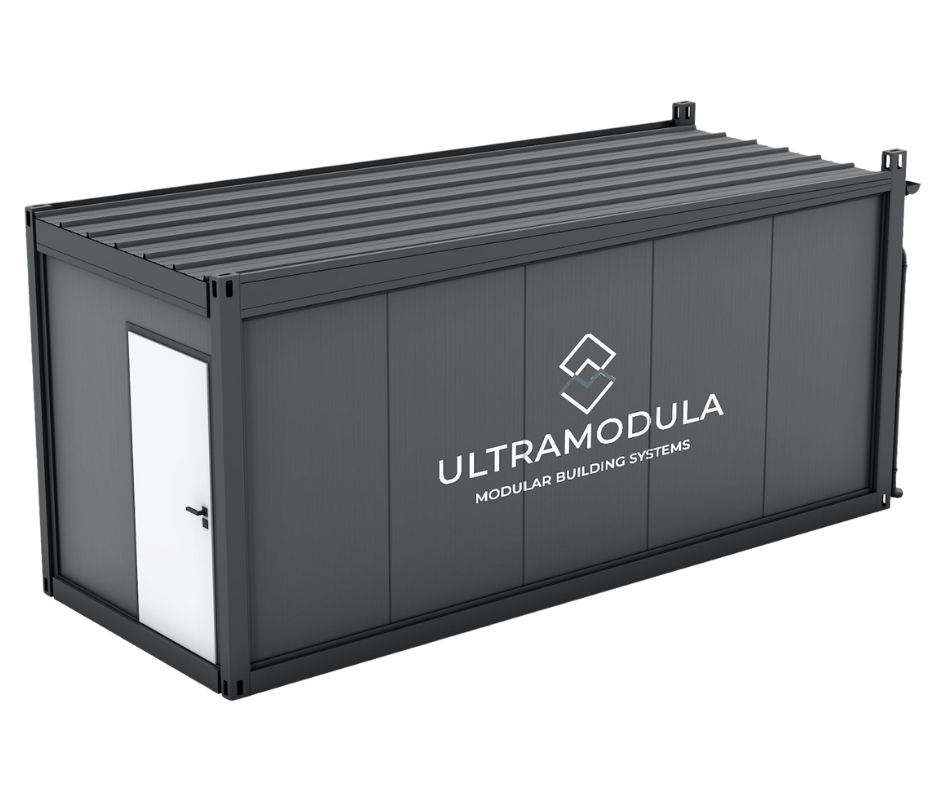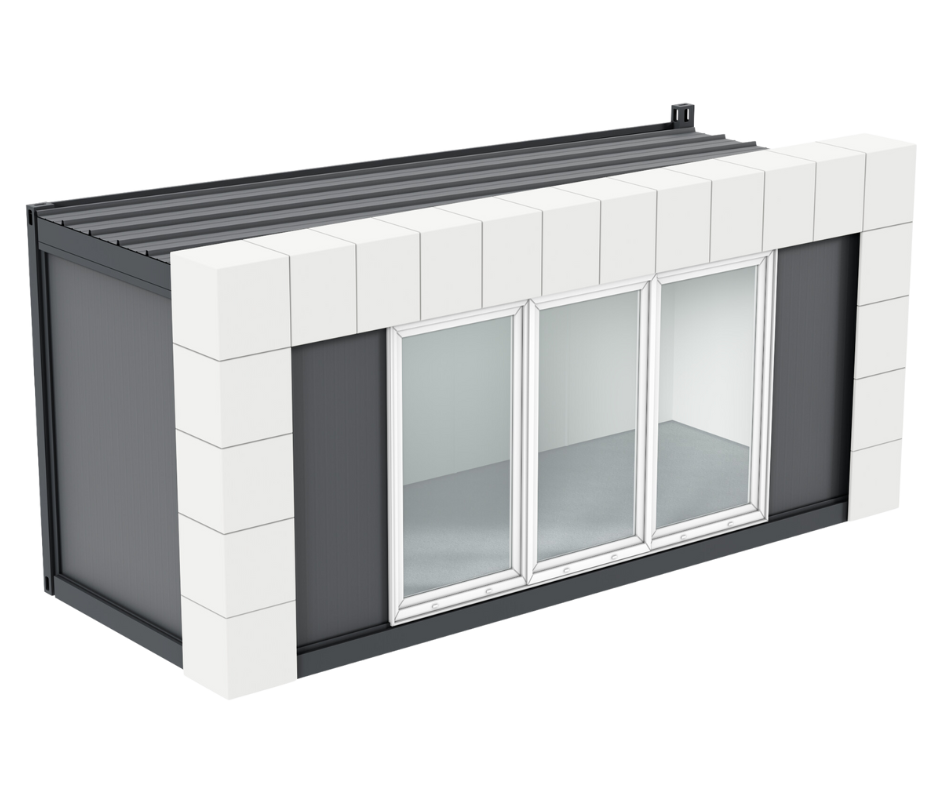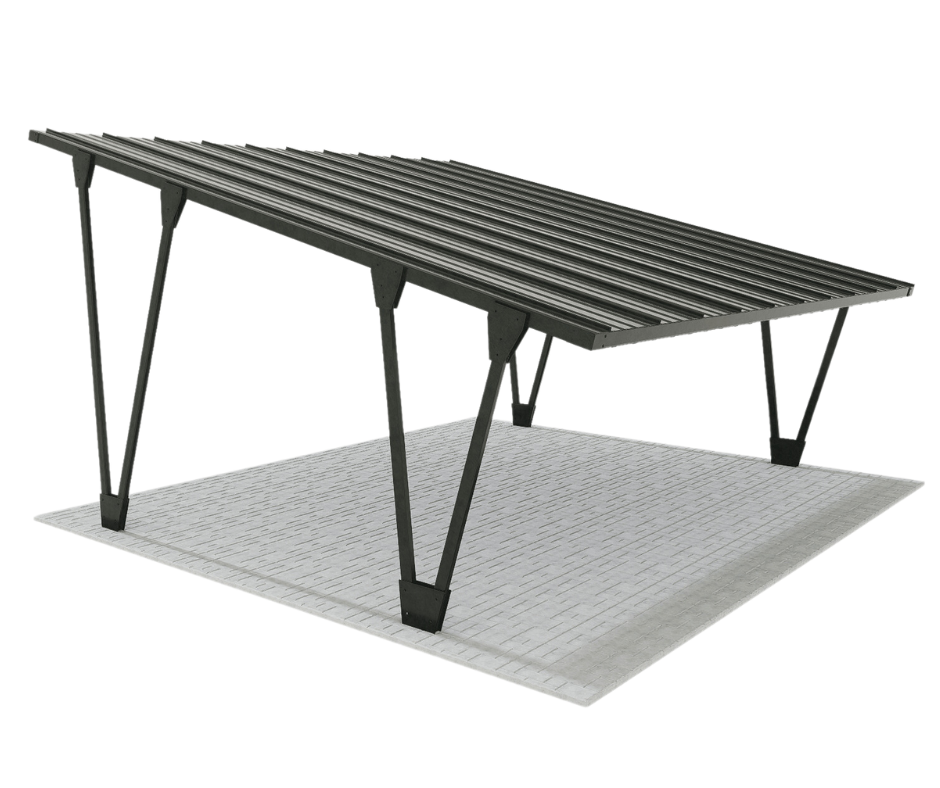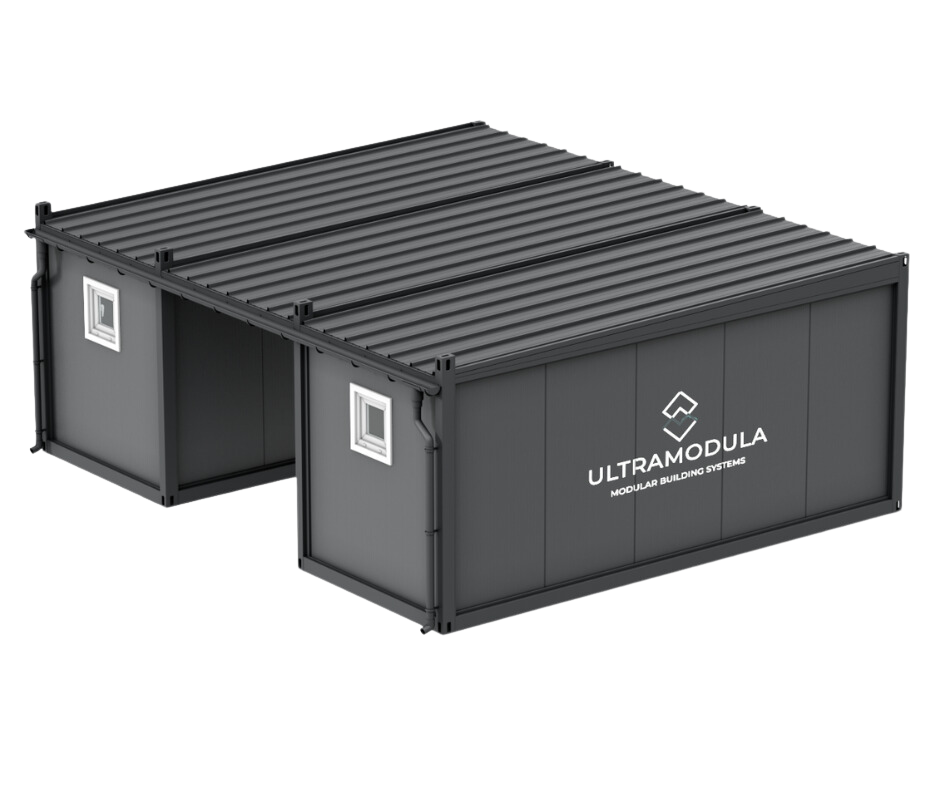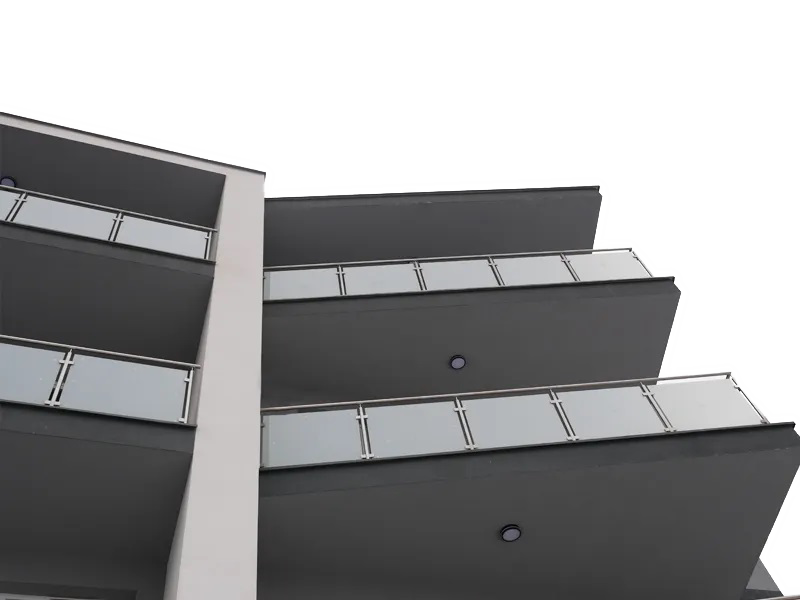
Container as an art gallery – an attractive alternative to classic exhibition spaces
Selling art and organizing exhibitions is not an easy task. Organizing a suitable place and covering all related costs is not only a significant investment, but also a risky one. The Polish art market is just beginning to sprout and even the best prepared and selected exhibition does not guarantee high sales. Artists who primarily want to present their work to the world face similar challenges.
An exhibition in a reputable museum or art gallery borders on a miracle, and even if your project is approved, you often have a year or even several years of waiting in line. These reasons make exhibition curators, artists and art dealers take matters into their own hands and look for alternatives. They are one of them containersand in this article you will find out why it is the perfect choice for an art gallery or exhibition!
Why should artists, curators and art gallery owners be interested in containers?
If you have tried to look for a place to organize an exhibition of your work or you are an agent/intermediary in the art trade and you were looking for an attractive location to open your own gallery - you already know how breakneck this task is.
For artists
Artists are facing a painful clash with the system - the number of museums and art galleries organizing exhibitions is limited, and the number of artists willing to show their works to the world is almost unlimited. As a result, institutions of this type often have exhibitions planned several years in advance. Even if you manage to go through a rigorous selection of candidates (many of them will go unanswered, and often no one will even read their work due to the huge number of applications), you will probably have a very long waiting period. Can your artistic career afford it? How are you supposed to make your name when, even with the approval of the artistic community, your first exhibition awaits you in a few years?
It is not difficult to imagine that such a course of events is far from desirable. Unfortunately, most people can't even count on that - their application will be rejected and their talent will be underestimated due to the huge number of applications and limited exhibition possibilities of museums and art galleries present on the market.
For curators
A similar situation awaits curators. Here the competition is smaller, but these positions are often already occupied by people "known in the environment", and a fresh graduate of an art school usually cannot count on the implementation of his own vision and freedom in organizing an exhibition. In the end, many ambitious curators end up selling tickets to exhibitions or pouring wine at openings, hoping to climb the career ladder slowly but steadily.
For this reason, many curators decide to take fate in their own place and find an alternative place to organize the exhibition, outside the space of well-known and prestigious institutions.
For agents and gallery owners
Selling art on the Polish market is potentially very profitable, but also risky. Our society in the XNUMXth century did not have a culture related to the purchase of authentic works of art, and the awareness of the recipient, as well as the entire market, is just beginning to sprout compared to Western markets. On the one hand, it gives the opportunity to shape and benefit from the emerging and rapidly developing market, but at the same time it means a high risk. A reasonable approach to running a business in this industry requires looking for opportunities to reduce it, for example by reducing costs.
The dream of most gallery owners is to rent in a prestigious location, such as the main square, giving free access to a large group of passers-by and strong exposure.
In reality, however, the trade in works of art often takes place in a hermetic circle, based on mutual acquaintances and contacts. A location in the center certainly increases the prestige of an art gallery, but it does not necessarily mean a greater number of customers. People who buy works of art for PLN 2000, PLN 5000 or PLN 10000 are usually not random passers-by, but people who know your gallery and the artists you represent well. For this reason, galleries located in seemingly less attractive locations, characterized by much lower rental costs, often have a better chance of success.

Containers | Ultramodule
Container as an art gallery and exhibition space - the solution to your problems!
Regardless of whether you are an artist, curator or agent/owner of a szuki gallery - all of the above problems and challenges can be solved by deciding to buy or rent container. It will allow you to present your own work, organize an exhibition and sell works of art at a low cost and almost immediately, without waiting for approval from institutions controlling the market. Before we expand on this topic, let's first explain: what is a container?
Container - what is it and how is it built?
Containers are objects that you probably associate with the transport industry - and it's the right association! This is where they were born and developed. You might think that this is their fault, but ... nothing could be further from the truth!
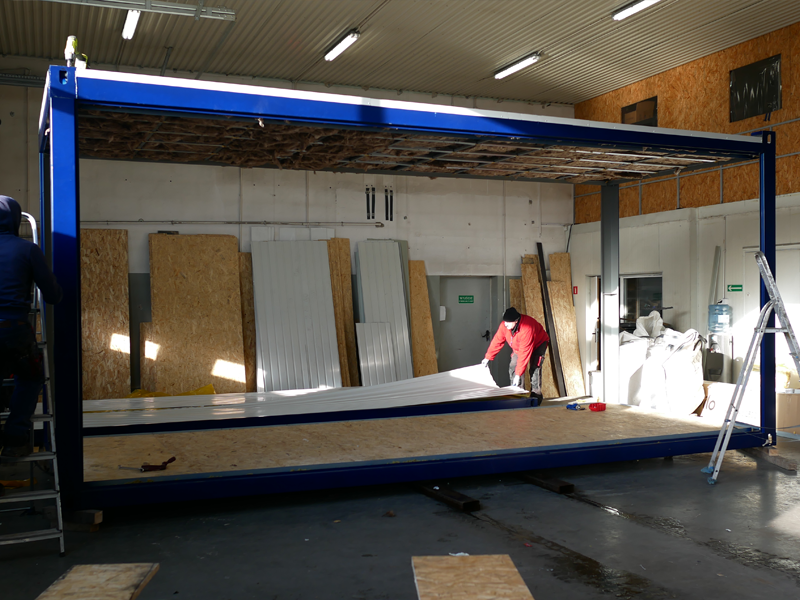
Production containers
Containers must meet very high standards and criteria, so that they serve as long as possible, even in very difficult conditions. At the same time, they must be cheap to produce - when transporting goods and materials, especially over long distances, the lowest possible cost of delivery is important.
As a result, containers are objects with an extremely favorable price-quality ratio. Perfected over decades, by selecting the most effective solutions that meet the requirements of one of the largest and most demanding areas of our economy.
The container is a solid and resistant metal frame surrounded by walls made of sheet metal. In the process of adaptation for utility purposes, it is equipped with insulation, heating, windows, electrical and sewage systems, and everything necessary for comfortable use - in accordance with the individual needs of the buyer.
Thanks to this, containers have a very wide range of applications - they are used both as offices, warehouses as well as apartments and, of course, exhibition spaces.
Container as an exhibition space and art gallery - what benefits does it offer artists, curators and agents/brokers?
The most important benefit is of course the price. Behind ready container that has already been adapted to the needs of use, you will pay from PLN 17000 to PLN 27000. This is a one-off cost that pays off very quickly compared to the cost of renting a classic space. However, the low price is only one of a long list of advantages containers. Here are other reasons why this solution often turns out to be better than classic construction:
- speed and ease of assembly: The purchase of the container and its installation in the selected place takes only a few weeks in total! Typically, you would need much longer to find a venue that meets your needs, not to mention the time required to find a museum or gallery ready to exhibit your work if you are an artist.
- mobility: the original location did not meet its assumptions and expectations? This is no problem with the container - it allows easy transport and reassembly in any chosen place. This feature will be appreciated by artists who container will have the opportunity to organize their exhibitions throughout Poland, as well as gallery owners, for whom the container will allow them to try out many different locations and find the optimal one, while incurring minimal costs.
- modular design: If you need more space, the containers can be freely combined with each other, almost freely increasing the area. Thanks to this, you can invest in a small container, and when your business becomes more profitable, you can easily expand it.
- Ecological: the construction of containers is associated with the production of less pollutants than classic construction. This asset will certainly be appreciated by the artistic community, which is particularly sensitive to climatic and ecological problems.
- Design flexibility: the interior of the container can be adapted perfectly to your own personal vision.
Does a container as an exhibition space require a building permit?
Interpretation of building codes in the case of containers can be complicated - and it can be even more complex when the container is used for a non-profit exhibition.
You certainly do not need a building permit if the container will be used within a given space for less than 180 days. In this case, you only have to notify the intention to place the container to the appropriate architectural and construction administration authority before its assembly.
If the container will be used for more than 180 days, it will usually require a building permit – especially if it will serve as a permanent art gallery. In such a situation, it will be treated as a classic building, and you will apply for a building permit at the city office or poviat starosty.
What if the container will be placed in one place for more than 180 days, but it will be used as an exhibition space only from time to time, and not for profit purposes, which cannot be classified as part of running a business? Unfortunately, there is no clear answer to this question, and in case of doubt, it is best to consult a legal advisor who will assess your individual case.
As you can see, the containers give young artists and curators a chance to appear, bypassing the classic institutions controlling the Polish art world, where organizing an exhibition requires time, luck, and often also appropriate connections. For owners of art galleries, it is a great way to develop a business with low financial outlay.
If you are considering buying a container and have any questions, please contact us and our customer advisor will help you make the best decision for you!


